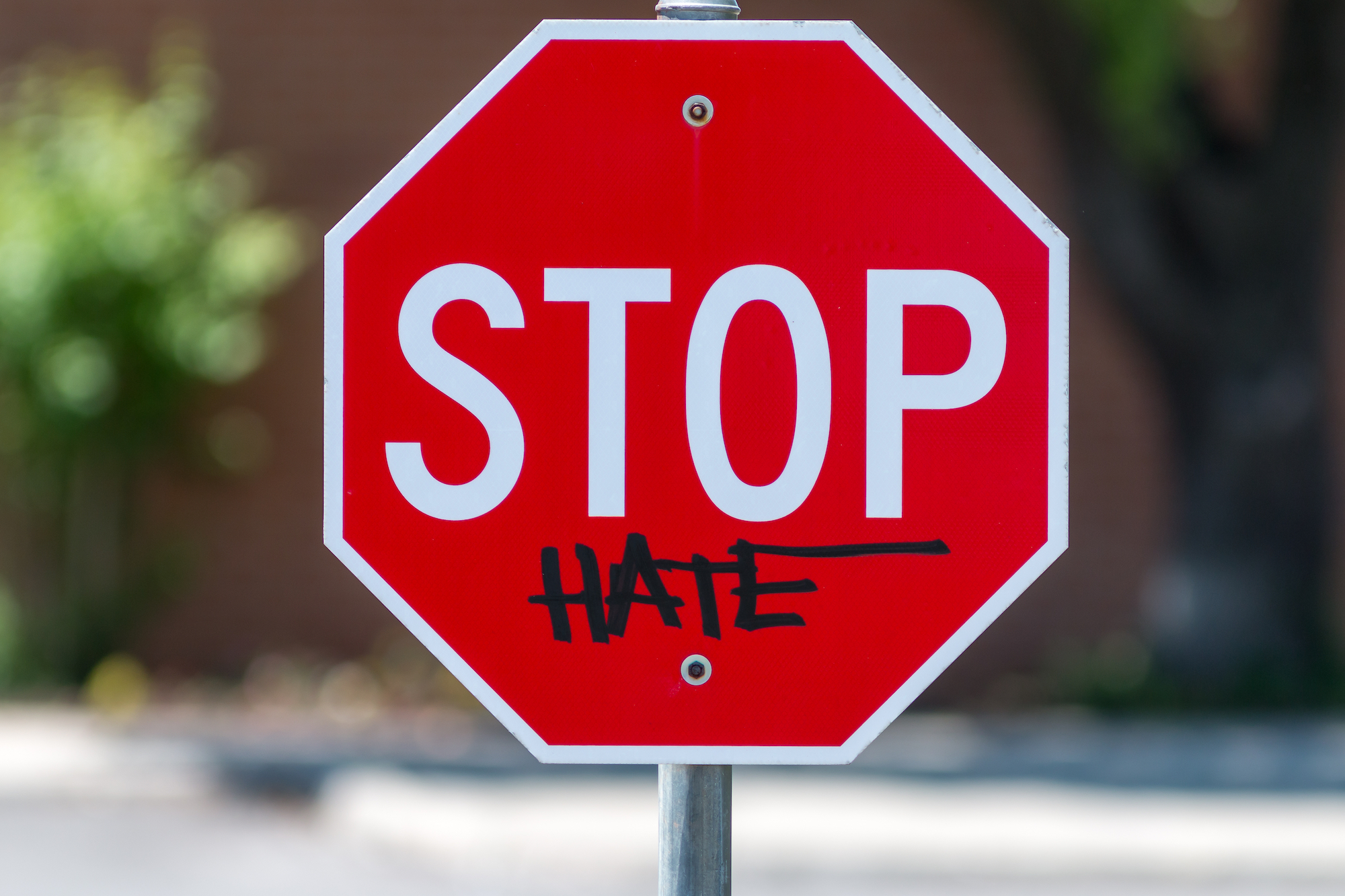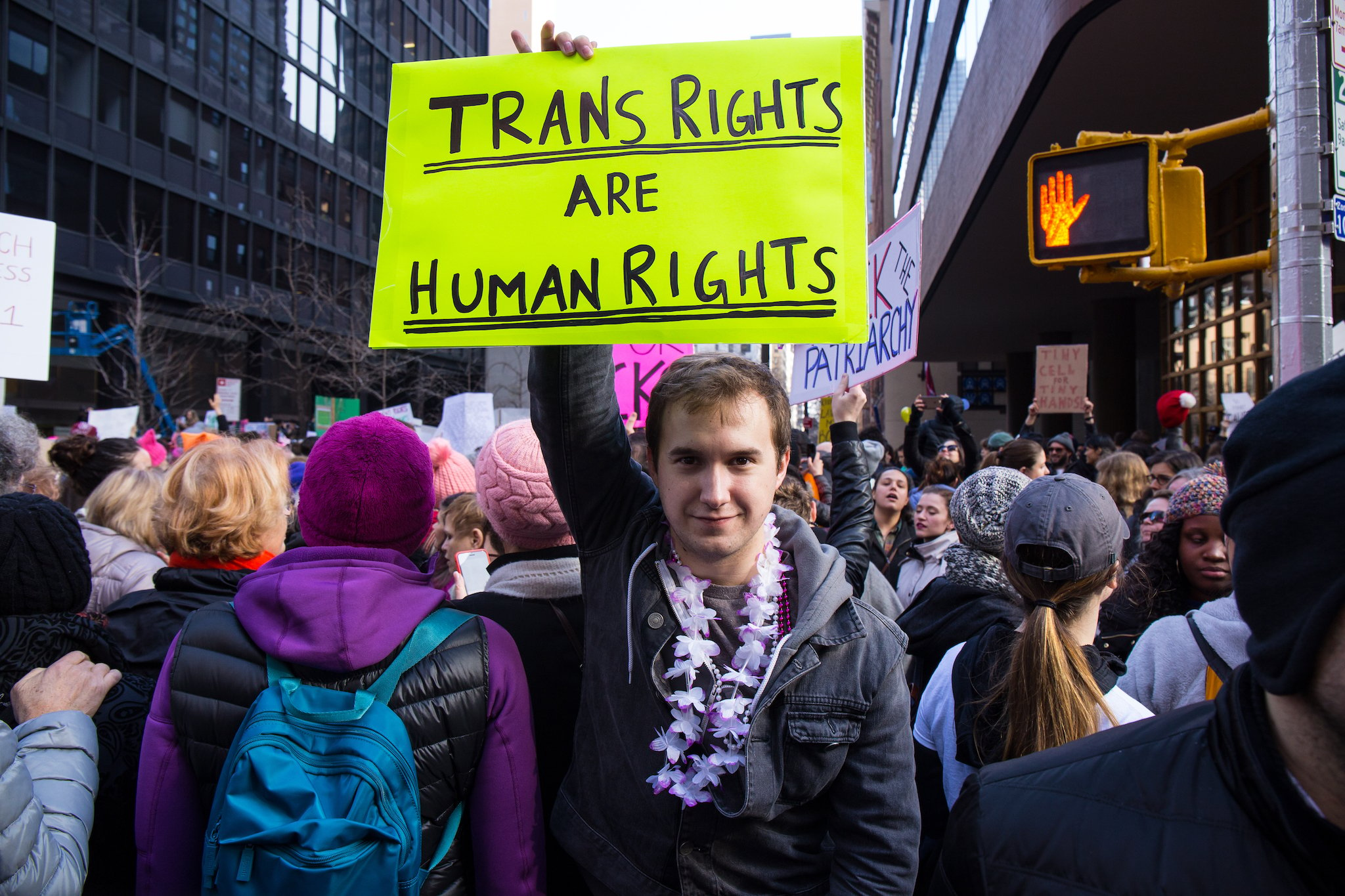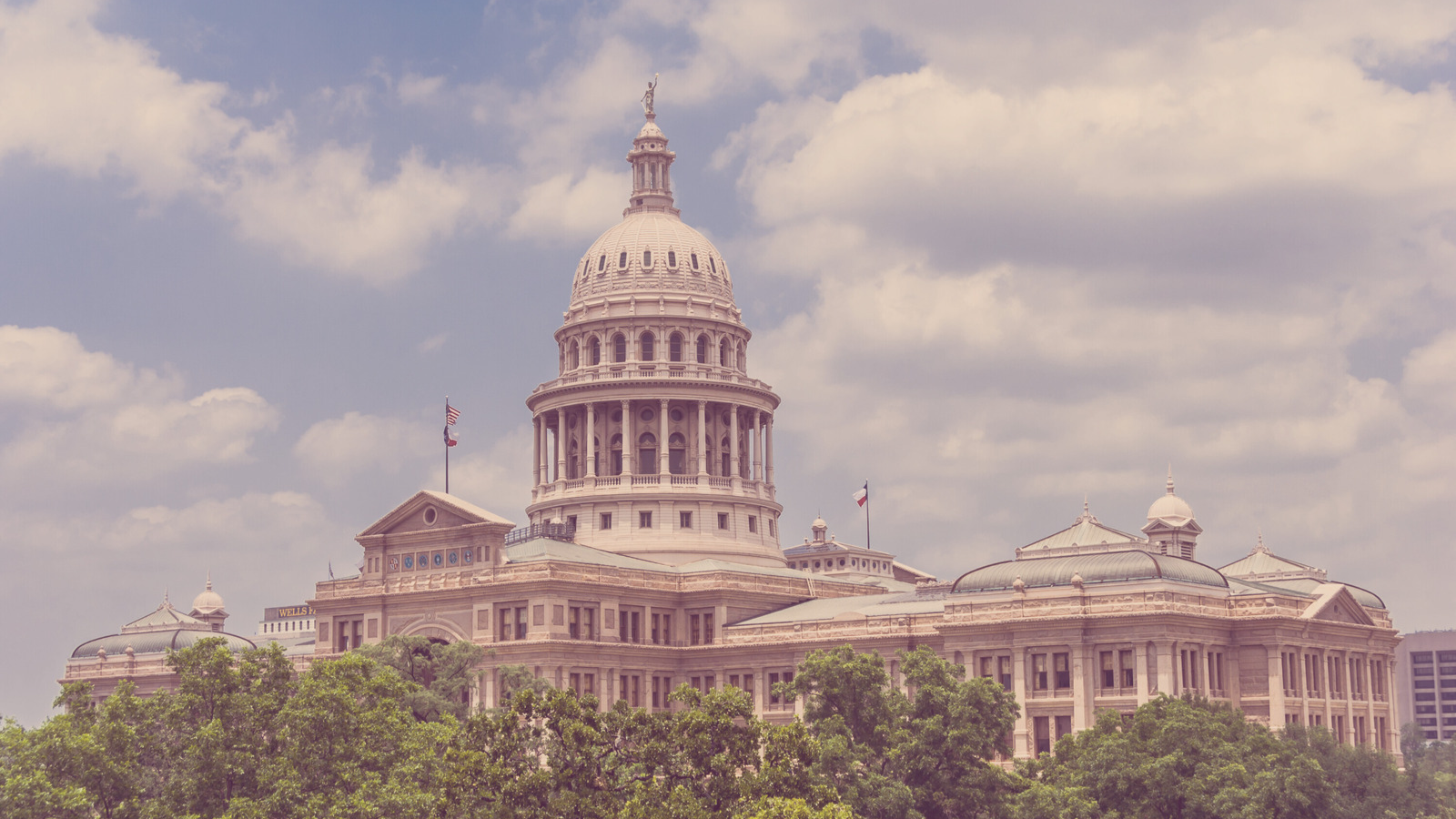
Texas Sets New Hate Crimes Record, DPS Data Show
Data from the Department of Public Safety shows that bias incidents against queer people occur at more than four times the rate of all hate crimes.

Newly released data collected from the Texas Department of Public Safety (DPS) show that hate crimes in Texas increased by 6.4 percent from 2021 to 2022, marking the sixth year in a row the state has seen an increase in hate crimes—and setting a new record. The data show that Texas reached a new peak of at least 549 documented hate crimes across the state, with over 56 percent of hate crimes in 2022 targeting LGTBQ+ and Black people.
Hate crimes tracked by DPS are defined as crimes “motivated by prejudice, hatred, or advocacy of violence including, but not limited to, incidents for which statistics are or were kept under the Federal Hate Crimes Statistics Act.” An analysis of the DPS hate crime data by the Texas Observer shows that anti-LGTBQ+ hate crimes not only are the most numerous but also occur at a shockingly disproportionate rate. Anti-LGTBQ+ hate crimes occurred at the highest rate of any group, 4.7 times the rate of all hate crimes in the state. Anti-Jewish hate crimes occurred at the second-highest rate, occurring at a rate 3.8 times that of all hate crimes.
“The sharp rise in hate crimes is alarming, but perhaps not surprising given the increase in hateful rhetoric about our LGBTQ+ siblings,” said Ricardo Martinez, CEO of Equality Texas, a statewide LGBTQ+ advocacy group. “What is perhaps even more frightening is that these numbers likely undercount the violence. As we’ve seen recently, in the case of Akira Ross, even when the perpetrator hurls a homophobic slur, classification as a hate crime is not a foregone conclusion.”
Martinez is referring to the June 2 killing of Akira Ross, a 24-year-old gay woman killed by a man who had harassed and yelled anti-gay slurs at her before shooting her at a gas station in Cedar Park. Advocates and Ross’ family are calling for Ross’ murder to be labeled a hate crime, allowing for enhanced penalties if the alleged murderer is convicted. Historically, Texas has seen a small fraction of reported hate crimes result in convictions.
According to Texas DPS data, the majority of documented hate crimes are clustered in the top five most populous counties, which accounted for 54 percent of all hate crimes in 2022. The top 10 counties, home to 66 percent of Texans, accounted for 63 percent of hate crimes that same year. When normalized for population size, smaller counties tend to have much higher rates of hate crime incidents. The top 10 most-populous counties were split in terms of their change in the number of hate crimes year-over-year, with some seeing an increase and others seeing a decrease from 2021 to 2022.
The overall increase in hate crimes across the state was primarily driven by just six counties, which together accounted for 53 percent of the year-over-year increase in hate crimes: Harris, Travis, Hidalgo, Comal, Collin, and Tarrant.
When broken out by bias type, there is not a consistent trend regarding year-over-year changes in hate crimes. The overall increase seen in the state is driven by a handful of groups: anti-LGBTQ+, anti-Asian, anti-Other Religion, anti-Other Race, and anti-Jewish. Meanwhile, anti-white and anti-Latino hate crimes have slightly decreased, while anti-Black hate crimes have remained flat. Hate crimes against other groups have increased and decreased variably. Minority groups faced significantly higher rates of hate crimes per capita.
The rise in anti-LGTBQ+ and anti-Jewish hate crimes in the state from 2021 to 2022 has coincided with an increase in anti-LGTBQ+ protests and a surge in antisemitism across Texas, raising concerns among advocacy groups.
Professor Brian Levin, the director of the Center for the Study of Hate and Extremism at California State University San Bernardino, said that the rate of hate crimes in Texas has historically been undercounted, even if the state has steadily improved how comprehensively hate crimes are reported. He also noted that Democratic-leaning states tend to report hate crimes more consistently.
“Kudos to Texas for improving their data collection and presentation,” Levin said. “But the downside is all the counties that report zero or don’t report at all, and how a city like Austin is reporting more hate crimes than a larger city like Dallas.”
As the Southern Poverty Law Center reported in 2022, thousands of law enforcement agencies fail to report hate crime data. More than 66 percent percent of counties in Texas did not report any hate crimes in 2022 according to DPS data. Additionally, the total number of hate crimes reported by DPS in 2021 is slightly lower than the number reported by the FBI. Levin believes that these factors contribute to an undercounting of hate crime incidents in Texas.
Most states have yet to release their 2022 hate crime reports, so it’s unclear how Texas stacked up nationally in 2022. A 2021 FBI Hate Crimes report shows that Texas ranked fifth nationally in terms of total hate crime incidents and 41st in terms of the rate of hate crimes per capita.
Regardless of the gaps and discrepancies in data, Levin says, “Texas is certainly hitting a new record in terms of hate crimes.” Between 2012 and 2022, Texas saw a 223 percent increase in hate crimes across the state, according to DPS data.



